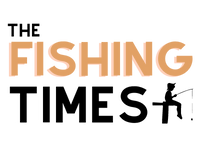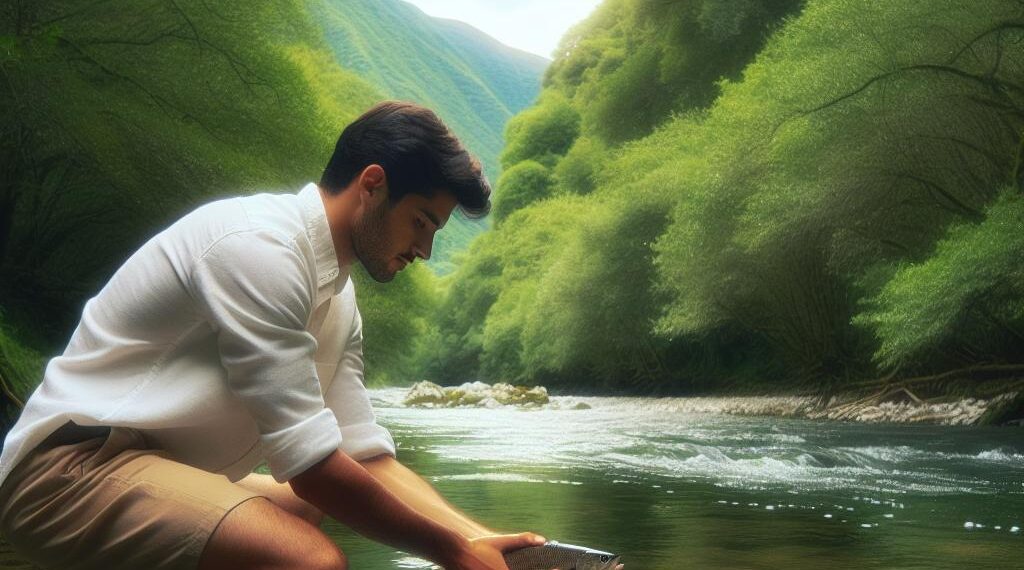Picture this: you’re standing at the water’s edge, rod in hand, anticipating the gentle tug that connects you to the underwater world. Yet, did you know that angling can unintentionally endanger certain fish species? This is a crucial concern for both newcomers and seasoned fishing enthusiasts. “How to Protect Endangered Fish Species While Angling” offers insights into balancing the joy of fishing with the responsibility of conservation. In this blog, you’ll uncover practical tips and techniques that help safeguard vulnerable species while refining your angling prowess, ensuring that your fishing adventures remain enjoyable and sustainable for generations to come.
How Can Anglers Protect Endangered Fish Species?
Protecting endangered fish species while angling involves adopting practices that minimise harm to vulnerable species. This approach evolved as awareness of declining fish populations increased, stressing the need for sustainable fishing. Techniques like catch-and-release, using barbless hooks, and avoiding specific habitats during spawning seasons help protect these species. Anglers often keep current on regulations to ensure they’re not targeting endangered species accidentally. Understanding these practices is crucial because it ensures the conservation of aquatic ecosystems, securing fishing opportunities for future generations. Plus, knowing how to fish responsibly enhances the experience by fostering a deeper connection with nature and contributing to its preservation.Safeguarding Endangered Fish While Enjoying Angling
Fishing isn’t just about the catch; it’s about respecting and preserving the environment where we cast our lines. Knowing *How to Protect Endangered Fish Species While Angling* is crucial for several reasons.- Environmental Stewardship: Every angler becomes a guardian of the ecosystem. By understanding which species are endangered, you contribute to their conservation, ensuring they thrive for future generations to enjoy.
- Skill Building: Learning to identify different fish species enhances your ability to fish effectively. This skill helps you select the right bait and techniques that target abundant species, rather than inadvertently catching those at risk.
- Conservation Techniques: By adapting your fishing habits to protect endangered species, you improve your overall angling methods. Using barbless hooks or practicing catch and release are techniques that become valuable parts of your skill set.
- Improved Safety: Understanding which species are endangered helps reduce unintentional harm to protected wildlife that might otherwise lead to hefty fines or legal issues. Knowledge of regulations keeps you on the safe side of the law.
- Broader Fishing Experience: Practicing conservation principles enriches the outdoor experience. It connects you deeper with nature, fostering a sense of accomplishment and satisfaction that goes beyond the physical act of fishing.
Simple Steps to Protect Endangered Fish Species While Angling
Fishing is a wonderful pastime, but protecting endangered fish species should always be a top priority. Here’s how you can make a positive impact:1. Research Local Regulations: Before heading out, check the latest fishing regulations in your area. It’s essential to know which species are endangered and what the legal fishing limits are. Ignorance isn’t bliss here—mistakes can lead to fines or worse.
2. Use Selective Gear: Opt for gear that targets specific species you intend to catch, reducing bycatch. Circle hooks are a great option as they’re less harmful, making catch-and-release more successful.
3. Practice Catch and Release: If you accidentally catch an endangered species, handle it gently. Keep it in the water as much as possible and use a net to release it carefully. Avoid using barbed hooks; they’re tougher to remove and can injure fish.
4. Support Conservation Efforts: Engage with local fishery management and get involved in conservation activities. This not only helps the fish populations but keeps you informed and motivated. And, hey, who doesn’t like making a difference?
Eco-Friendly Fishing Gear Recommendations
| Location | Benefits | Considerations | Skill Level | Budget |
|---|---|---|---|---|
| Catch-and-Release Areas | Helps conserve threatened species, encourages sustainable fishing practices | Access may be limited, regulations strictly enforced | All levels | Low |
| Designated Wildlife Reserves | Supports biodiversity, provides educational opportunities | Fishing may require permits, some restrictions on activities | Intermediate | Medium |
| Remote Lakes and Rivers | Often less pressure on fish populations, more pristine conditions | Challenging to access, may require longer trips | Advanced | High |
| Marine Protected Areas (MPAs) | High level of fish stock recovery, preserves marine habitat | Very strict regulations, often no-take zones | Expert | Variable |
Real-Life Insights on Protecting Endangered Fish While Angling
Last summer, I took a fishing trip to the Lake District with my pal James. We’d been angling enthusiasts for ages but hadn’t really given much thought to the environmental impact of our pastime. During the trip, we decided to deliberately research how to protect endangered fish species while angling. Armed with this knowledge, we adopted a catch-and-release approach. So there we were, focused on the delicate art of gently removing hooks to ensure the fish weren’t harmed. What we learned was transformative. Not only did we feel a greater connection to the environment, but we also discovered the joy of sustainable fishing. Every time we released a fish, it felt like a small victory for preservation. We also realised that using barbless hooks made the release process smoother, leading to less stress for the fish. By educating ourselves, we became more conscious about the species in the area and avoided those on the endangered list entirely. This experience didn’t just improve our fishing skills; it fostered a deeper appreciation for nature—something we’ll carry with us on every future fishing adventure.Angling with Conservation: Protecting Endangered Fish Species
Ah, the beautiful dance between angling and sustainability—it’s something every proactive fisher should consider. Let’s delve into responsible tips for protecting endangered fish species while still enjoying the waters:- Learn to Identify Species: Before you cast your line, brush up on which fish are endangered. It’s key to know what you’re aiming to catch and what to avoid.
- Use Barbless Hooks: These types of hooks make catch-and-release easier, ensuring the fish suffer less harm. It’s kinder to the fish, making your angling more ethical.
- Practice Catch and Release: When in doubt, release the fish back into its habitat gently. It’s all about enjoying the sport without depleting fish stocks.
- Avoid Fragile Ecosystems: Stay away from habitats where endangered species thrive. There are plenty of fishing spots that won’t threaten these delicate ecosystems.
- Respect Fishing Seasons: Comply with legal seasons for fishing. They’re designed to give fish populations a chance to recover and flourish.
- Minimize Tackle and Litter: Always clean up after your fishing outing. Leave the waterways cleaner than you found them to protect the aquatic environment for the next generation.








